Panoramic Photo Above:
Comiskey Park

Baseball History Comes Alive Now Ranked As a Top Five Website by Feedspot Among All Baseball History Websites and Blogs!
(Check out Feedspot's list of the Top 35 Baseball History websites and blogs)
Guest Submissions from Our Readers Always Welcome! Click for details
Visit the Baseball History Comes Alive Home Page
Subscribe to Baseball History Comes Alive
Free Bonus for Subscribing:
Gary’s Handy Dandy World Series Reference Guide
Sandy Amoros and 1955 World Series Photo Gallery
Vince Vankoski returns today with a detailed look at Sandy Amoros’s catch in the 1955 World Series, which many baseball historians consider one of the greatest catches in World Series history. As Vince recounts, had Sandy Amoros not made this catch, things could well have taken a significantly different turn in Brooklyn Dodger history. -GL
Sandy Amoros’s Great Catch in the 1955 World Series!
The most famous catch in the history in the Brooklyn Dodgers, indeed, in the history of the Dodgers franchise in either Brooklyn or Los Angeles, occurred on October 4, 1955. It was also the most infamous catch in the history of the New York Yankees. 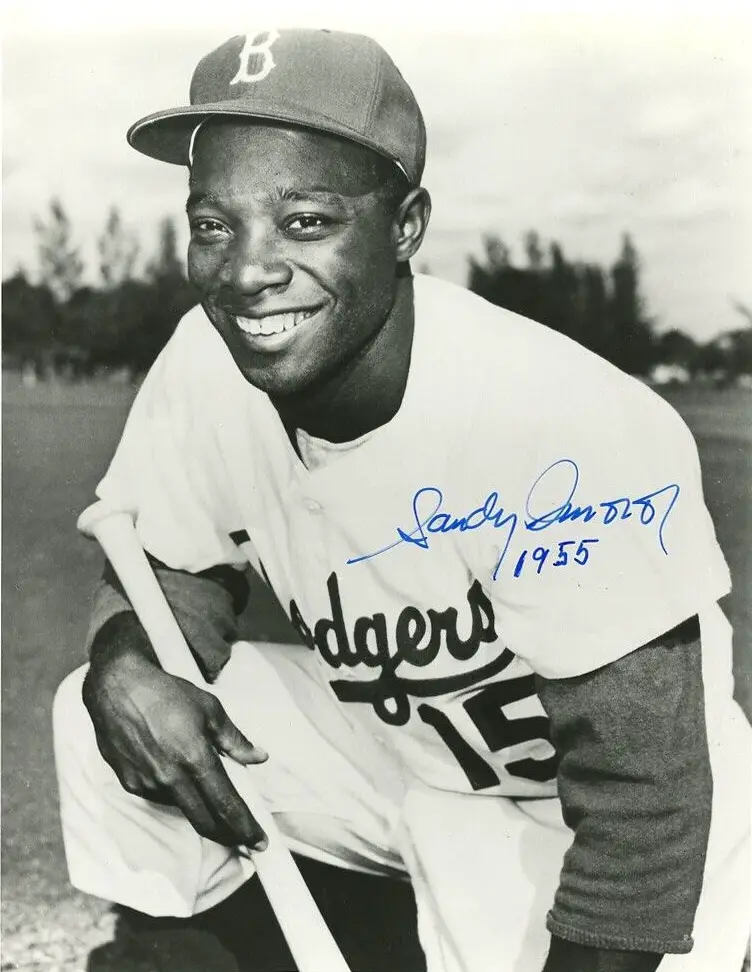
Prior to 1955, the Dodgers and Yankees squared off in World Series play five times with the Yanks winning each time. “Wait ‘till next year” became the anguished cry of Dodger fans. “Next year” came in 1955.
The scene of the catch was the Series’ seventh game at Yankee Stadium. Dodger pitcher Johnny Podres held the Yankees scoreless through five innings during which time the Bums managed to push across two runs. In the bottom of the sixth, Sandy Amoros replaced Junior Gilliam in left field. Gilliam moved to second base to replace Don Zimmer who had been removed for a pinch hitter in the bottom of the fifth. It was to be a defining move, not just for the game or the Series, but for the borough of Brooklyn.
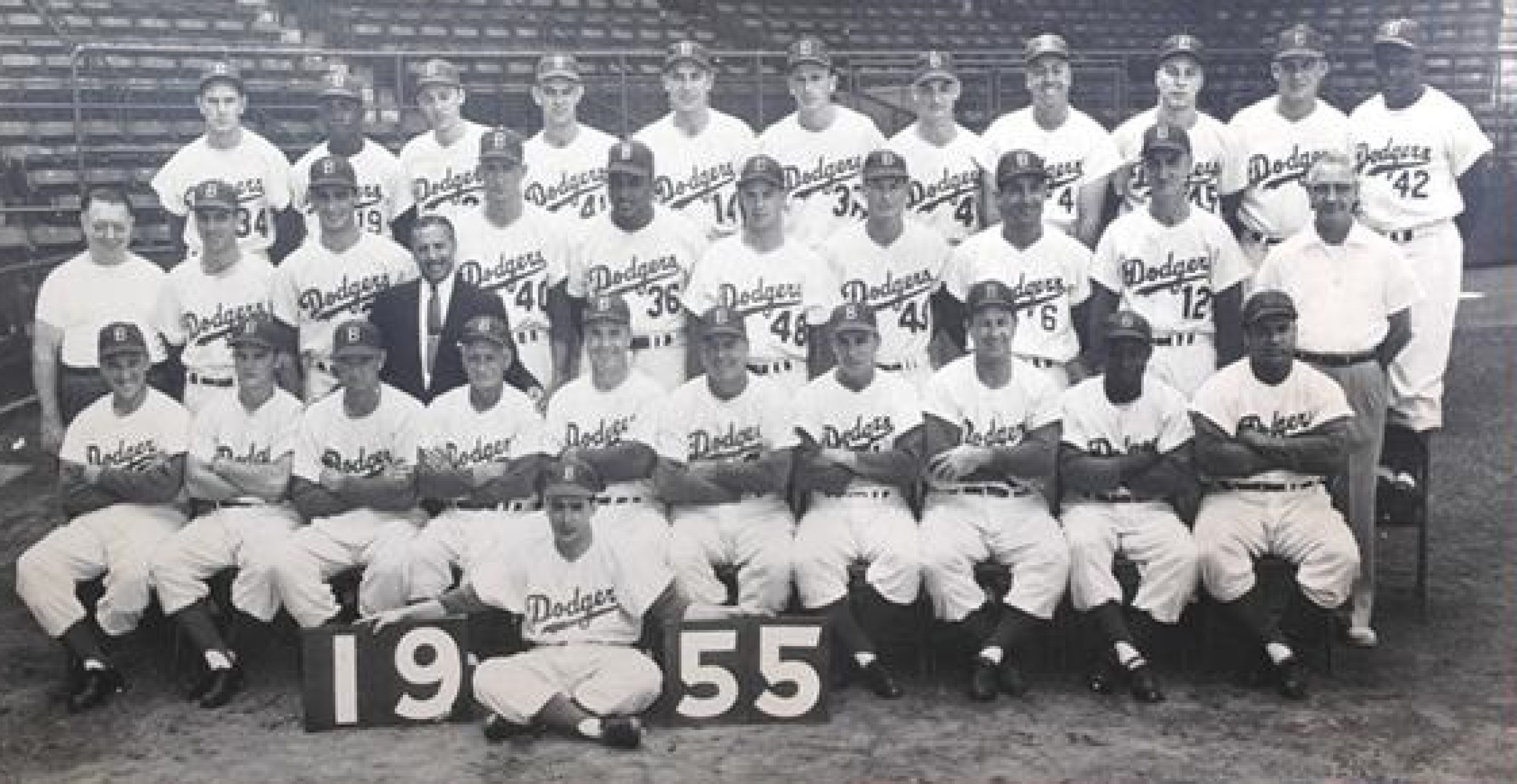
Podres walked Billy Martin to lead off the bottom of the sixth. Gil McDougald bunted for a hit. That brought Yogi Berra to the plate. Always a clutch player, Berra was having a great series. He would hit .417 with an on-base percentage of an even .500 and a slugging average of .583. The outfield shaded toward right field for the left-handed hitting Berra, but Berra sliced what may have been a pitch off the plate toward the left field foul line. Amoros, playing well into left center field, ran about as far as I have ever seen a baseball fielder run to make a play – yes, even further than Willie Mays in the Series the previous year – and made the catch at the foul line. Not finished, Amoros fired the ball to shortstop Pee Wee Reese, who relayed the ball to Gil Hodges at first base to double up McDougald, who, like everyone else in the ballpark – Amoros excepted – thought the ball would fall for a hit.
Had Amoros not made the catch, Berra surely would have had a double. One, possibly two runs would have scored. Either there would have been a tie game with the go-ahead run on second, or there would have been runners on second and third in either case, with no outs in a one-run game. Hank Bauer and Moose Skowron were due up next. The Yanks would likely have tied the game or gone ahead. The entire complexion of the game would have been different.
A YouTube video shows that Amoros, who was left-handed, stretched about as far as he could to make the catch with his gloved right hand. If Amoros was right-handed, as was Gilliam, the man he replaced in left field, he would not have been able to make the catch. Even if Gilliam had not been moved to second and had gotten to the area where Berra’s drive was hit, he would have had to reach across his body to get to the ball. There is a good chance that the ball would not have been caught.
Remember how Amoros’s heroics came about. Manager Walter Alston pinch-hit for second baseman Don Zimmer in the fifth inning. Using a pinch hitter that early in the game is unusual, especially with a two-run lead. Zimmer’s removal required the move of the right-handed Gilliam to second base and the insertion of left-handed Amoros to replace Gilliam in left field. So, if Zimmer was a better batsman, Amoros doesn’t make it to left field, the catch is not made, and Brooklyn loses another World Series. “Next Year” doesn’t happen in Brooklyn, and maybe, just maybe, the loss of the Dodgers to Los Angeles a few years later has a little less of a sting. Then, too, the Yanks can blame the weak hitting of their future manager, Zimmer, for their Series loss. Lots of what-ifs there.
Amoros was a good ballplayer. Although there were (light skinned) Latin Americans in the major leagues for decades previously, the big influx of Hispanic ballplayers, including those like Amoros with darker hues, came post-World War II. Amoros was one of the first wave of these Latin players who, like him, were mostly from Cuba.
Amoros played with the Dodgers in Brooklyn in 1952, then from 1954 to 1957. He was demoted to AAA Montreal in 1958 and 1959 before finishing his career with the Dodgers and Tigers. From 1955-1957, he played in over 100 games each season for Brooklyn. Although he did not hit for a high average, he received an inordinate number of walks as evidenced by his career on-base percentage being 106 points higher than his lifetime batting average (.361 vs. .255). So much for Latin ballplayers being free swingers.
Alas, Sandy’s post-baseball life was not a happy one. He returned to Cuba, but ran afoul of Fidel Castro, reportedly due to Amoros’s refusal to take a managerial job demanded by Castro. Sandy’s property was confiscated, and he was not allowed to leave Cuba for many years. When he finally returned to the United States (ironically living at first in the shadow of Yankee Stadium), he fell into alcoholism. He suffered from diabetes, causing him to lose part of his left leg. His wife divorced him. He moved to Miami, where he died at age 62 in 1992. He will, however, remain a happy memory in Brooklyn.
Vince Jankoski
We’d love to hear what you think about this or any other related baseball history topic…please leave comments below.
Subscribe to Baseball History Comes Alive. FREE BONUS for subscribing: Gary’s Handy Dandy World Series Reference Guide. https://wp.me/P7a04E-2he
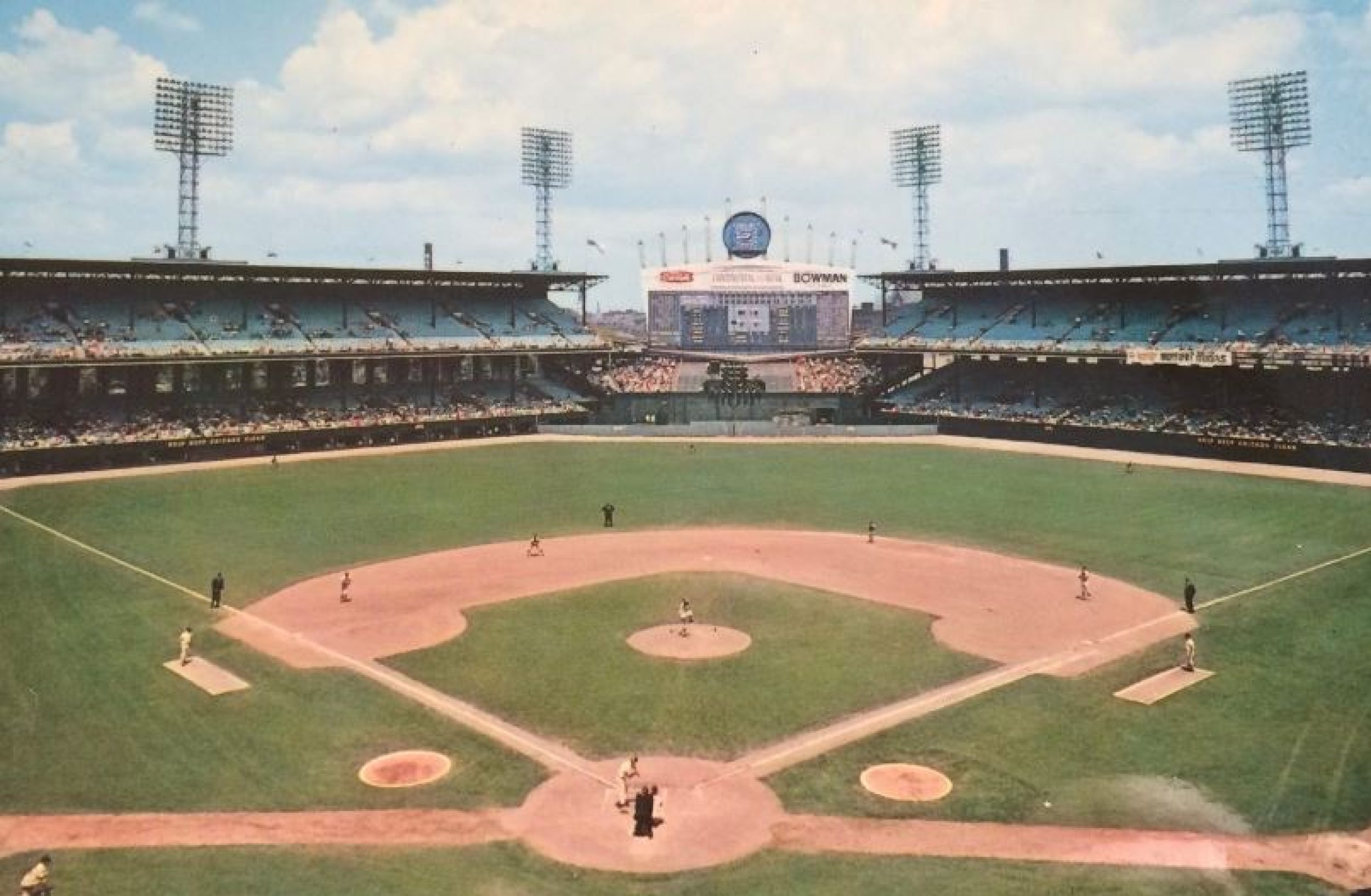
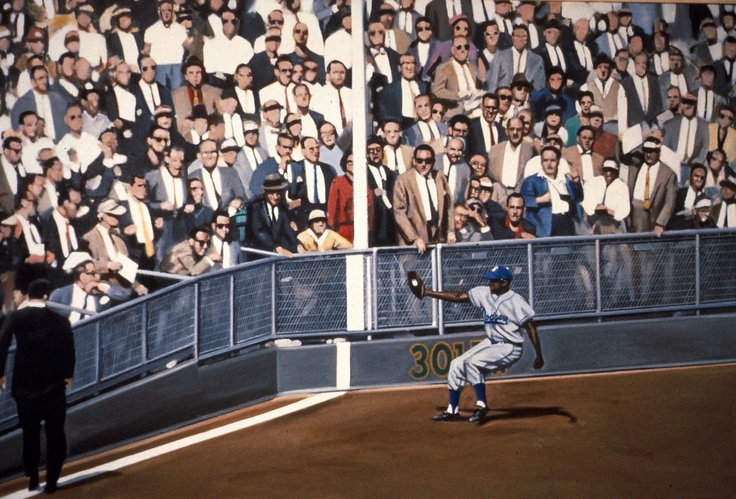
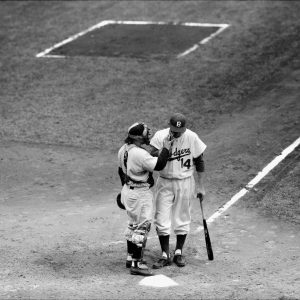
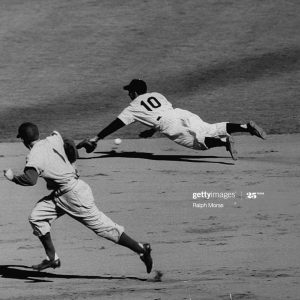
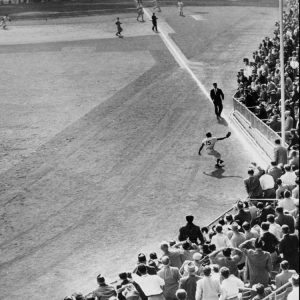
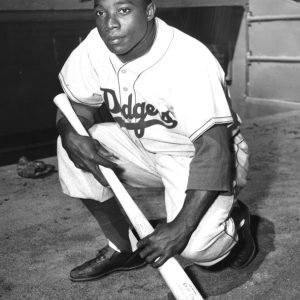
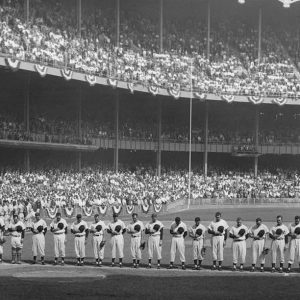
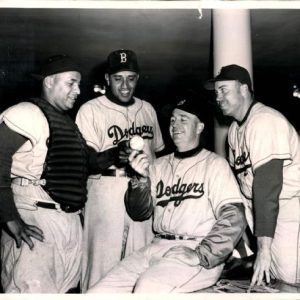
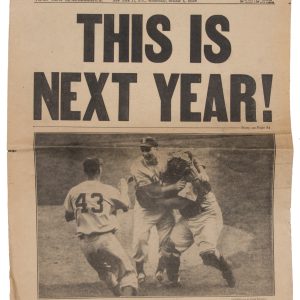
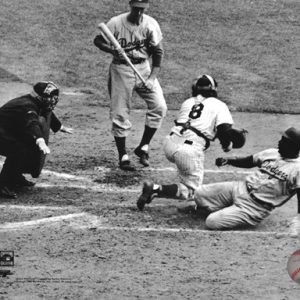
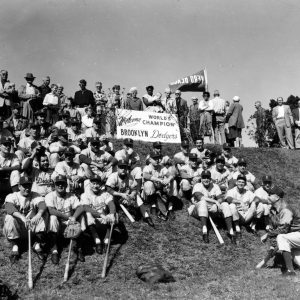
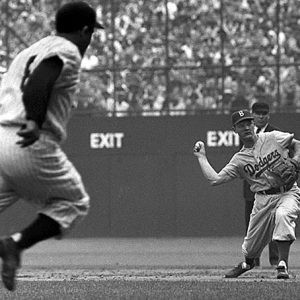
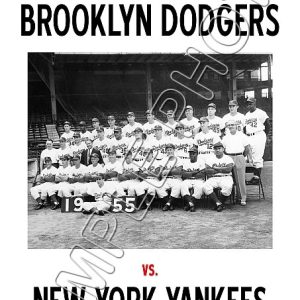
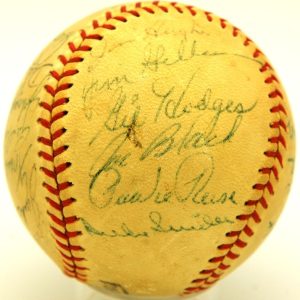
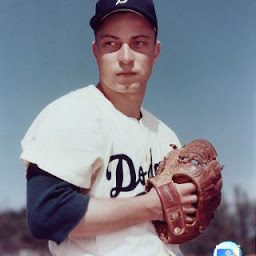
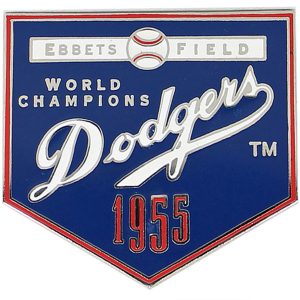
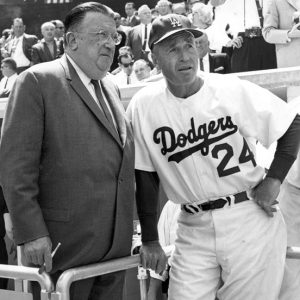
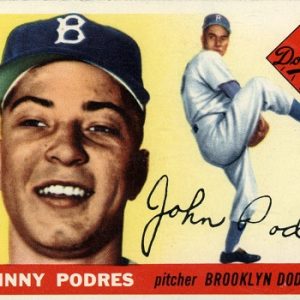
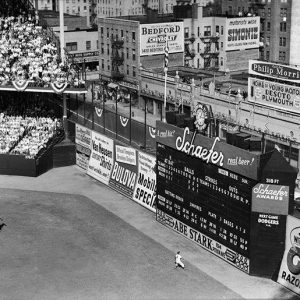
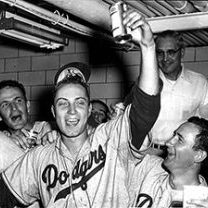

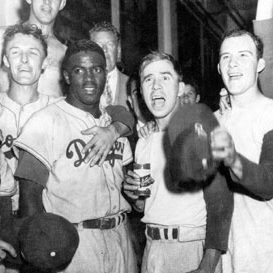
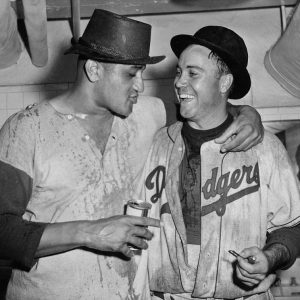
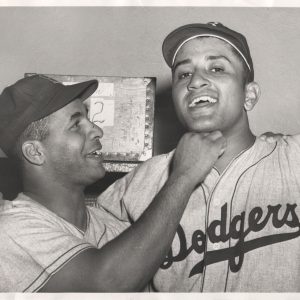
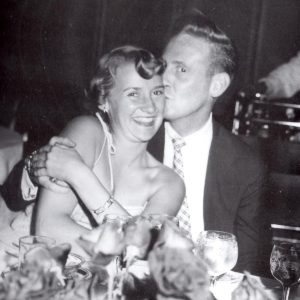
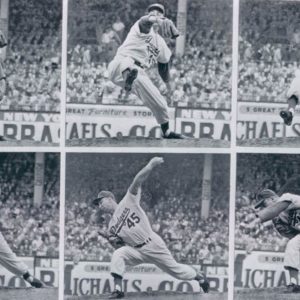
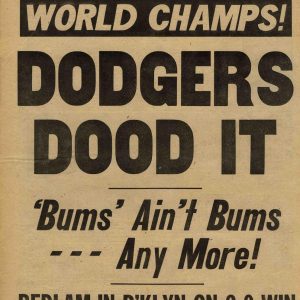
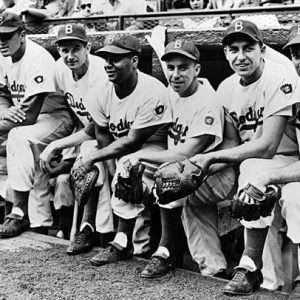
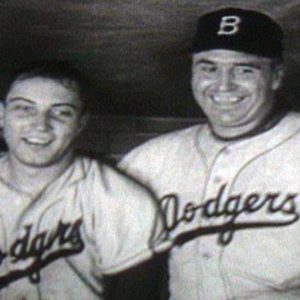
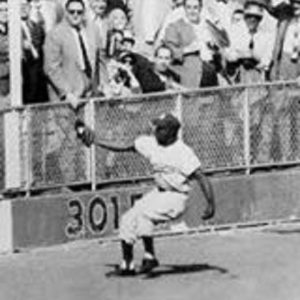

Good job, Vince! For the reasons you mention I’ve always felt that Amoros’ catch was the greatest defensive play in the history of the World Series. It was better even than the catches of Willie Mays (1954), or Tommy Agee’s and Ron Swoboda’s spectacular grabs (1969). But Walt Alston’s decision to pinch-hit for Don Zimmer was made in the top of the sixth inning, just before Amoros was brought in to replace Gilliam in the bottom half.
Thanks for another good essay!
Best regards,
Michael
Great article of a truly iconic play. Sandy sure did run a long way for that one. What a catch!